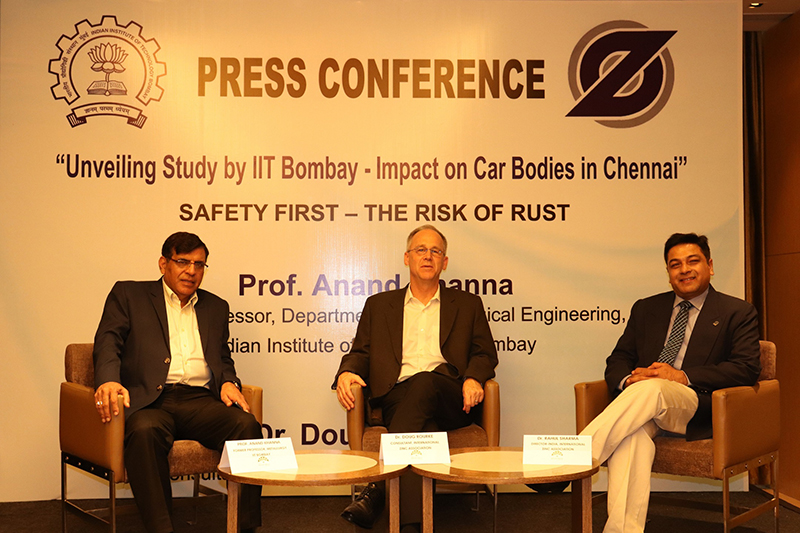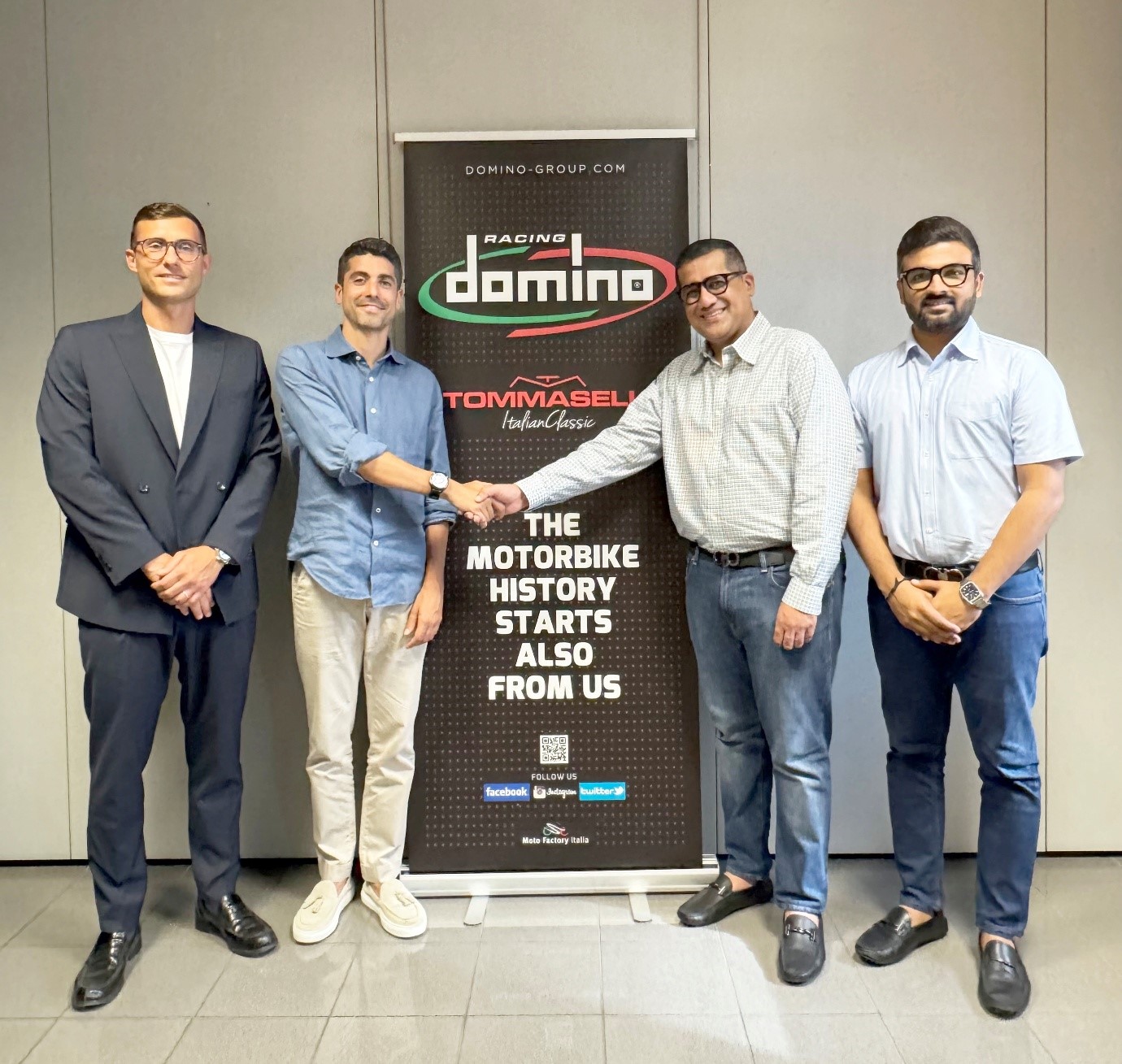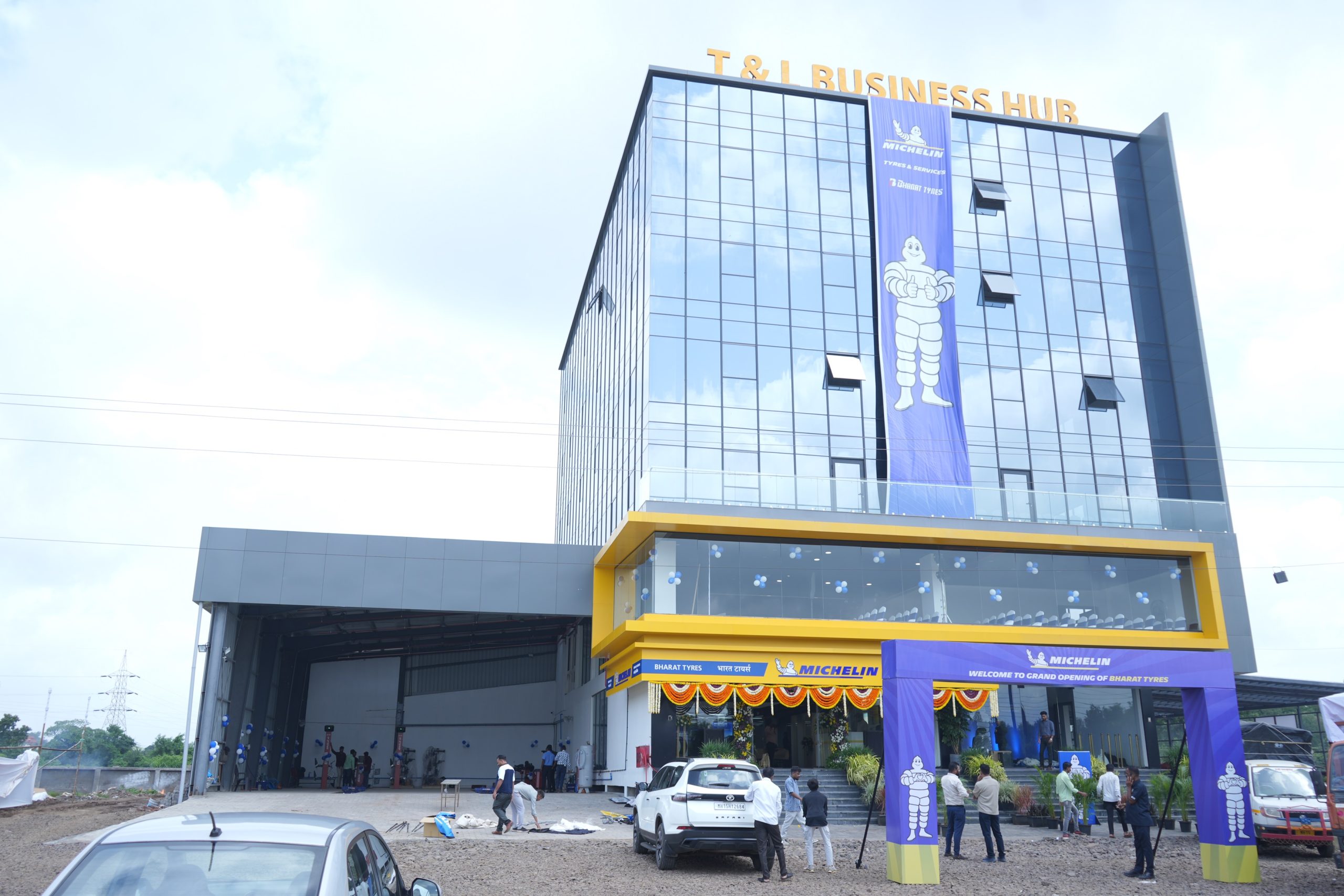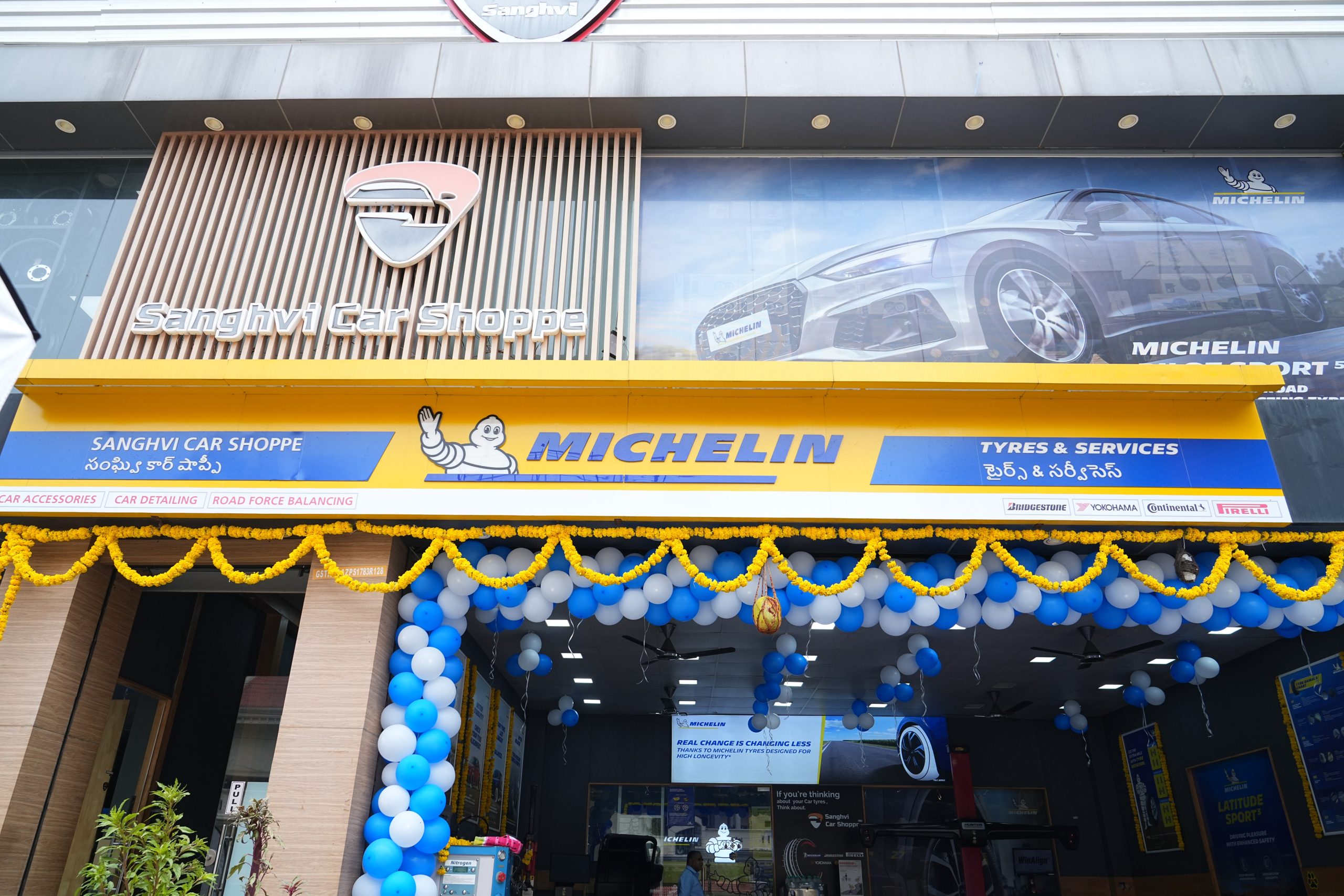ACI Bureau
IIT Bombay in partnership with International Zinc Association (IZA) has released in Chennai recently a survey report – Safety First – Risk of Rust– to highlight the impact of weather on the safety of passenger cars. The study provides insights into the safety hazards like deteriorating structural stability and strength caused by faster rusting of car bodies in coastal regions like Chennai due to unpredictable and humid weather. It also emphasises the need for increased adoption of galvanized steel in automotive industry, especially in coastal areas, to increase the durability of cars and safety of passengers.
While safety standards for automotive industry in India is defined by Airbags, seatbelts and ABS, the study highlights the importance of protecting steel against corrosion as the fourth safety pillar. With nearly 50% of the vehicle structure made of steel, the study emphasizes the need for supplying only galvanized steel to the automotive industry for the safety of people against rust and corrosion.
On an average, Indian car manufacturers use about 20-25% galvanized steel for the cars sold in the domestic market. However, they use over 70% galvanized steel for the same models, produced from the same stamping and assembly facilities, they export to markets in Europe, Africa and other Asian countries.
Car companies can
All the car manufacturers in India have the experience and process capability to use galvanized steel for the car body. Their stamping plants, car assembly and paint operations have the expertise and equipment to convert their entire production from uncoated steel to galvanized steel. However, they do not use much galvanized steel for their domestic sales probably because of the additional cost (estimated at 0.02% of the car sticker price), the lack of regulatory Standards from organizations like the Bureau of Indian Standards (BIS), and the absence of consumer awareness.
Because of the use of non-galvanized steel on most of the parts of Indian-made cars, the consumers in the country receive an inferior product with reduced durability. On the other hand, galvanized steel car bodies have been shown to suffer minimal corrosion attack which protects the structural integrity and safety of the vehicle, improves the resale value, provides consumer protection due to anticipated warranty improvements by the car companies, lowers maintenance costs of underbody and structural components due to the use of zinc coated steel, and saves consumers the costs of after-market anti corrosion treatments and annual inspections.
The study
Spearheaded by Prof Anand Khanna, Former Professor, Department of Metallurgy Engineering, IIT Bombay, with two PhD students, the study was conducted in March 2018. Based on a series of parameters, they studied nearly 500 cars across brands to understand the extent of corrosion imperfection categories like blisters, surface rust and perforation on the external panels/body parts. A key highlight of the study is that the surveyed cars were chosen based on the average Indian family usage (typically below Rs. 10 Lakhs) across hatchback and sedan segments.
In the summer of 2015, an extensive study of automotive body corrosion was conducted in Mumbai area by IIT Bombay to track corrosion performance of currently used materials of construction in Indian made cars costing less than Rs. 10 Lakhs.
Both the studies followed the similar methodology of checking for visible perforations, paint blisters, and surface red rust. The survey was conducted in several coastal and other humid regions of Mumbai, typically within 1km of coast. The IIT report proved that there is a corrosion problem affecting the durability and the eventual safety of cars in India. They repeated the study selecting only Indian made cars using galvanized steel and found the corrosion defects were considerably low.
Prof Khanna said, “The study is an eye-opener for car owners in the Chennai city as it clearly indicates the causes for imperfections that arise owing to climatic conditions. There is hardly any awareness about how these imperfections over the years grow into life threatening hazards for car owners, and we are confident that this study will create an impact by creating the desired awareness among people. Chennai being an auto manufacturing hub we hope the companies will consider the insights from the study and align their processes to increase consumer safety.
He said the automobile manufacturers should increase the adoption of ‘galvanised steel’ to enhance the durability of cars. There could be 20% higher risk of death due to rusty cars and he stressed the importance of protecting steel against corrosion.
Dr. Dough Rourke, Consultant, International Zinc Association, Canada, said, “During the course of this study one of the underlying insights that emerged was the need for increased galvanization of automotive parts, which could help improve the safety standards in India. We are confident that this study will make policy makers to relook at the need for the country’s own Corrosion Prevention Act.”
About a major advantage of galvanisation, he said that even when the bolts or fasteners break the galvanised layer, the exposed part cannot corrode due to the zinc coating. “Leading manufacturers give away 12 years of warranty on corrosion in North America and it is a standard process there. It is all because of the galvanised steel. Manufactureres in India recognise this and they use it for the export markets. They use a very small percentage of galvanised steel in the cars for the domestic market,” Rourke said.
One of the key findings of the study states that number of vehicles exhibiting certain imperfection, increased with the age of the vehicle. It was also quite evident that the number of blisters and surface rust were more predominant than perforation.
The survey also states that out of the four major parts inspected, rocker panel exhibited the highest damage in terms of number of imperfections, blistering and surface rust. This can be attributed to its closeness to the ground and henceforth effects of road debris, stagnant water and such.
Galvanization
In the 1970’s, the automotive industry in North America became increasingly concerned about the high incidence of car corrosion and body panel perforations leading to significant safety concerns. From the mid 1980’s, the American Iron and Steel Institute (AISI) and the three major car makers, General Motors, Ford Motors and Chrysler Corporation, jointly participated in several parking lot corrosion survey of cars in the Detroit, Michigan, area.
Based on the results of this survey, as well as pressure from consumer advocates, the car companies converted from cold rolled to galvanized and galvanneal steel for the exterior, interior, and underbody parts. Improvements in base coat and clear coat paint technology were also made concurrently. The results of subsequent surveys, after the introduction of galvanized steel, showed dramatic improvements which heralded the car companies issuing over 10-year warranties against corrosion starting in the mid 1980’s. Europe, Japan and South Korea soon followed the North American decision to use galvanized sheet steel for the entire car body.
The International Zinc Association (India) offers to support zinc products and markets through research, development, technology transfer and communication of the unique attributes that make zinc sustainable and essential for life.
IZA India’s main programme areas include training and uplifting programs targeting domestic die casters and general galvanizers while expanding the use of galvanized sheet in the building and automotive sectors.










Leave a Reply